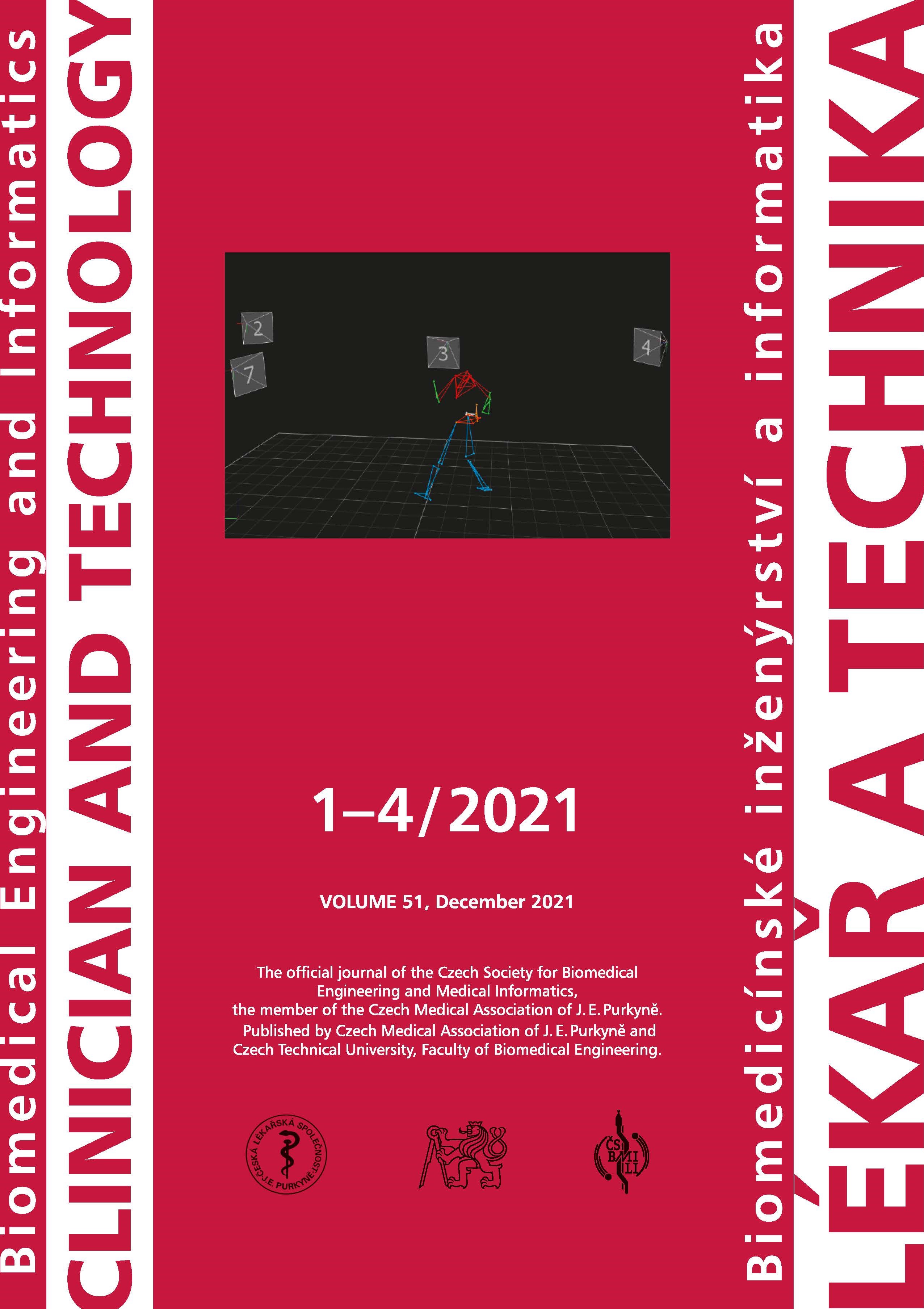WEARABLE MULTI-SENSOR SYSTEM FOR TELEMEDICINE APPLICATIONS
DOI:
https://doi.org/10.14311/CTJ.2021.1.12Abstract
In this paper, we describe a technical design of wearable multi-sensor systems for physiological data measurement and wide medical applications, significantly impacted in telehealth. The monitors are composed of three analog front-end (AFE) devices, which assist with interfacing digital electronics to the noise-, time-sensitive physiological sensors for measuring ECG (heart-rate monitor), RR (respiration-rate monitor), SRL (skin resistivity monitor). These three types of sensors can be used separately or together and allow to determine a number of parameters for the assessment of mental and physical condition. The system is designed based on requirements for demanding environments even outside the realm of medical applications, and in accordance with Health and Safety at Work directives (89/391/CE and Seveso-II 96/82/EC) for occupational hygiene, medical, rehabilitation, sports and fitness applications.
Downloads
Published
Issue
Section
License
Copyright (c) 2022 Ján Hýbl, Petr Volf , Jan Hejda , Aleksei Karavaev, Patrik Kutílek

This work is licensed under a Creative Commons Attribution 4.0 International License.
Authors who publish with this journal agree to the following terms:
- Authors retain copyright and grant the journal right of the first publication with the work simultaneously licensed under a Creative Commons Attribution License (https://creativecommons.org/licenses/by/4.0/) that allows others to share the work with an acknowledgment of the work's authorship and initial publication in CTJ.
- Authors are able to enter into separate, additional contractual arrangements for the non-exclusive distribution of the journal’s published version of the work (e.g., post it to an institutional repository or publish it in a book), with an acknowledgment of its initial publication in this journal.
- Authors are permitted and encouraged to post their work online (e.g., in institutional repositories or on their website or ResearchGate) prior to and during the submission process, as it can lead to productive exchanges.
CTJ requires that all of the content of the manuscript has been created by its respective authors or that permission to use a copyrighted material has been obtained by the authors before submitting the manuscript to CTJ. CTJ requires that authors have not used any copyrighted material illegally, as for example a picture from another journal or book, a photo, etc. It is the author’s responsibility to use only materials not violating the copyright law. When in doubt, CTJ may ask the authors to supply the pertinent permission or agreement about the use of a copyrighted material.
The opinions expressed in CTJ articles are those of authors and do not necessarily reflect the views of the publishers or the Czech Society for Biomedical Engineering and Medical Informatics.


